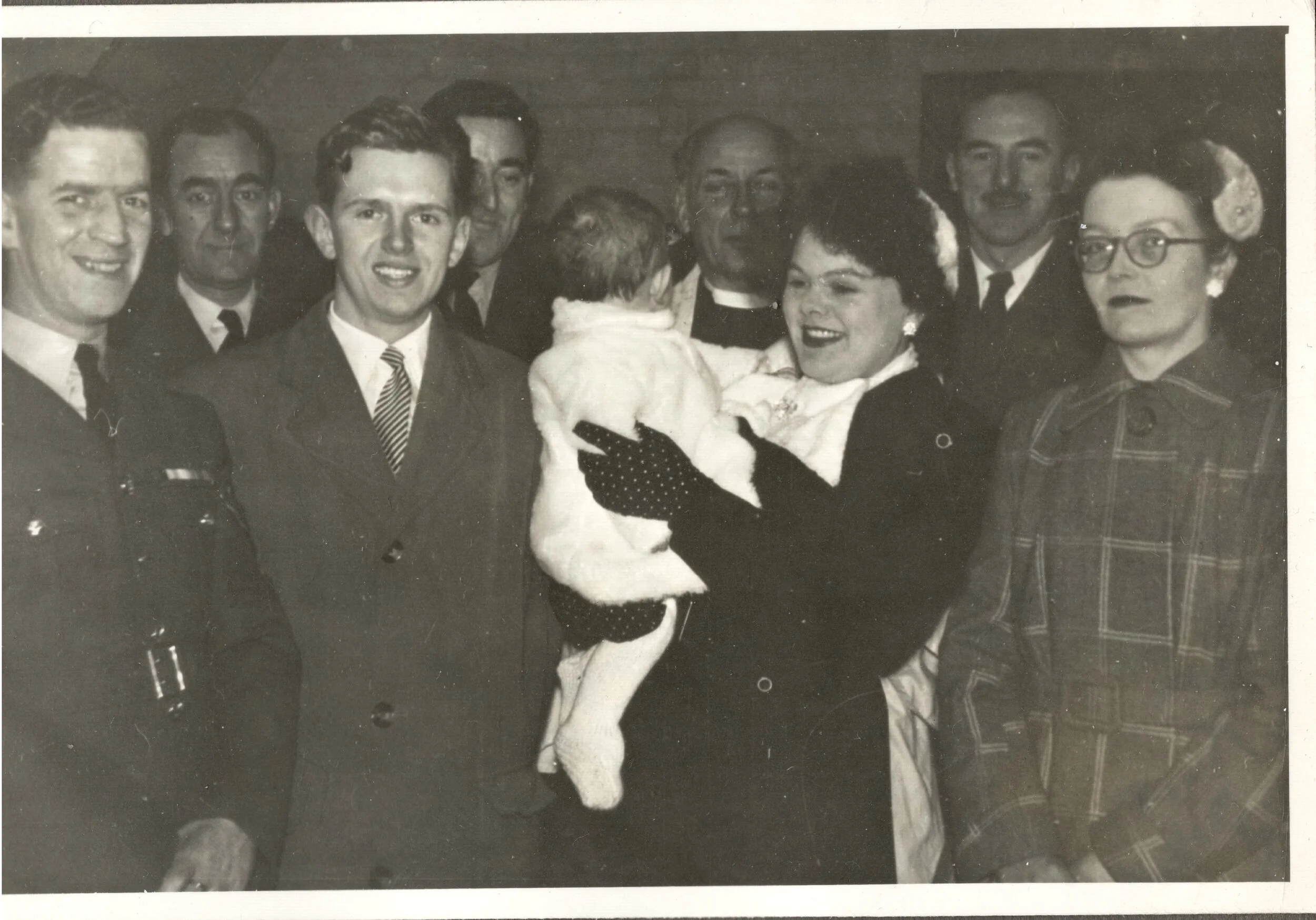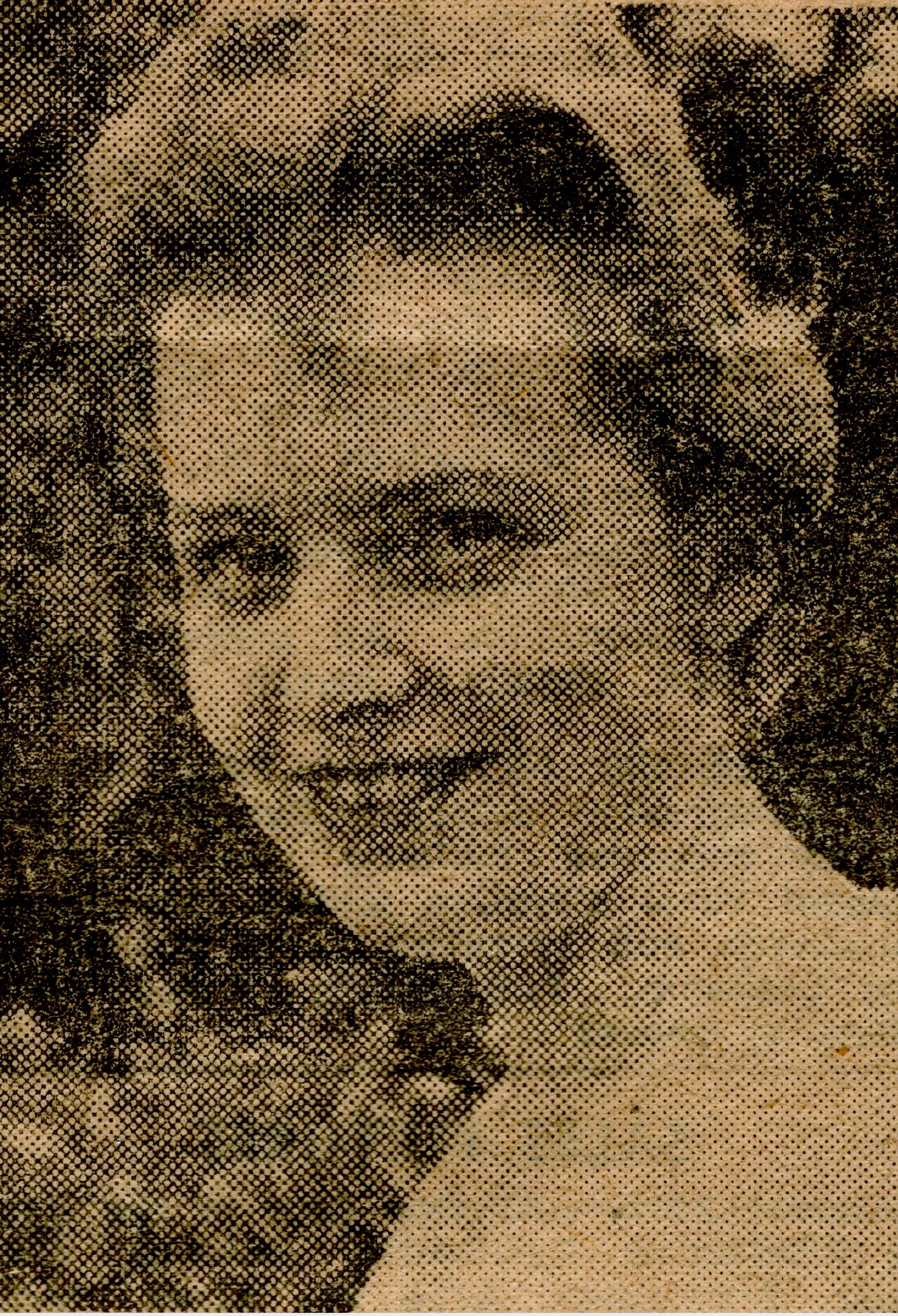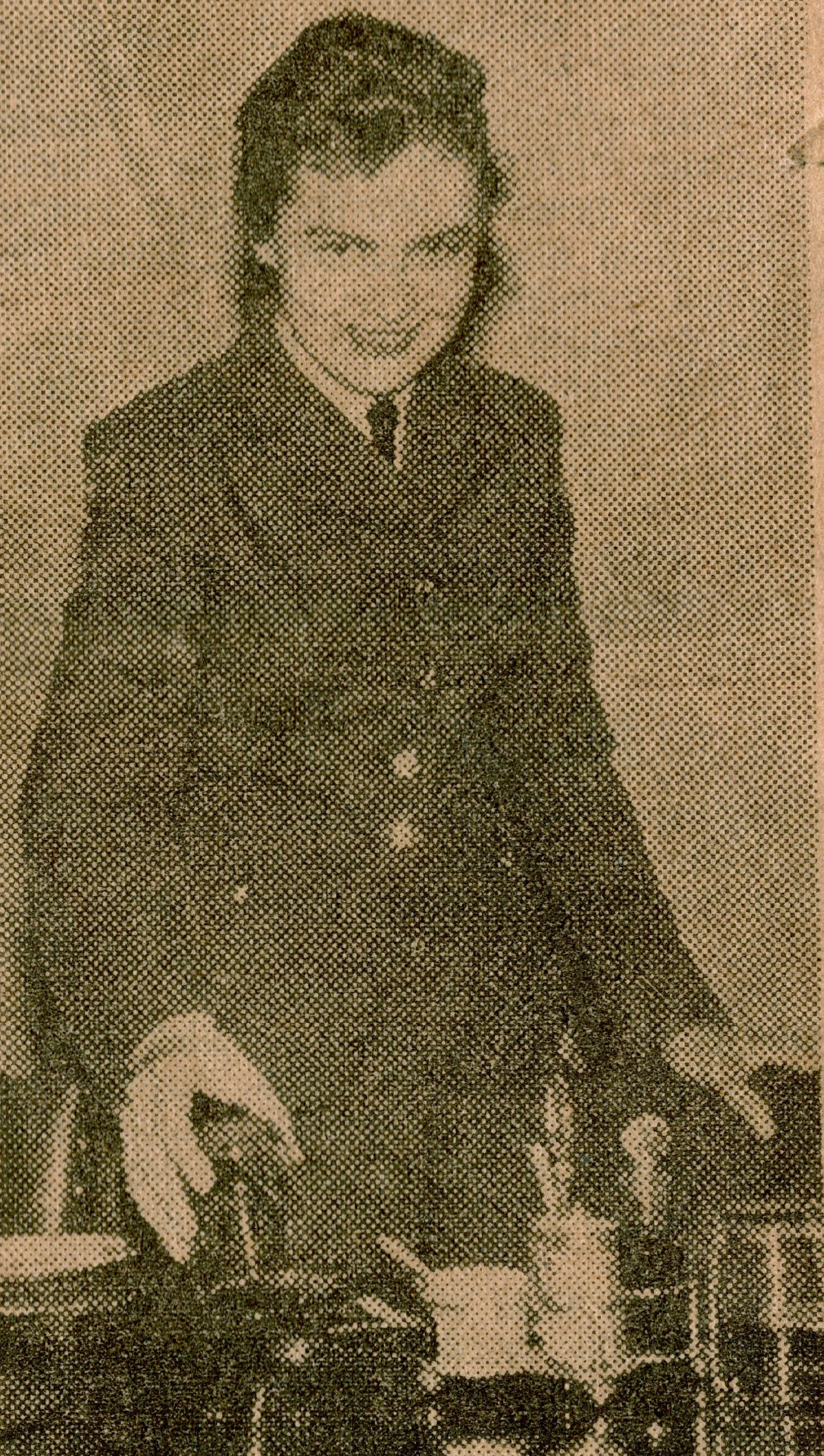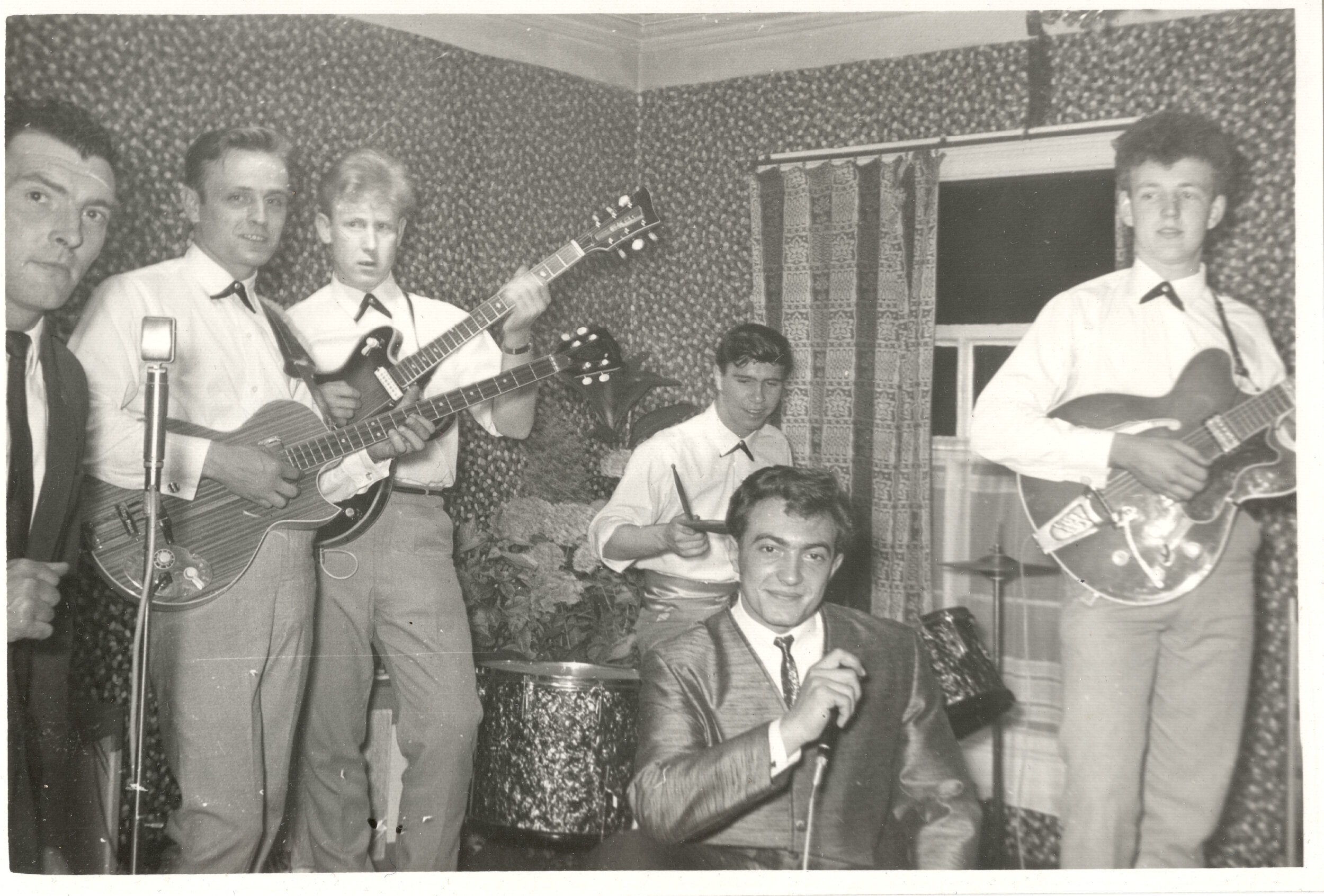Welcome to one of the nation’s most secret defence sites. Hack Green has played a central role in the defence of Britain for almost sixty years. As you approach Hack Green over the picturesque farmland and rolling Cheshire countryside, it’s hard to imagine a more peaceful location, but it was not always like this!
Over 50 years ago the freedom you now enjoy was in peril, World War II was being fought and Britain was struggling for its very survival. In the Air Ministry in bomb-blitzed London, officials were looking for sites to locate the new Radio Detection and Direction Finding (RDF) equipment or radar as it came to be known. Radar was in its early days of development and had difficulty in detecting hostile aircraft. A chain of radar stations were already strung out along the eastern and southern coasts to face the enemy bombers and fighters threatening Britain. This system was known as ‘Chain Home’ and was supplemented at the outbreak of war by the ‘Chain Home Low’ system which was able to detect enemy aircraft flying at low altitude.
In late 1940 a further system of radar installations known as ‘Ground Controlled Intercept Stations’ were developed. In 1941, Hack Green an “Operation Starfish” site previously used as a decoy for the main railway centre at Crewe was chosen to become RAF Hack Green, to protect the land between Birmingham and Liverpool from hostile attack. Thus began the service of Hack Green and the airmen and women of Cheshire in the defence of the nation.
Hack Green was one of 21 fixed radar stations in the country and one of only 12 fully equipped with searchlights and fighter aircraft control. In one of the cabinets in the museum you can see some of the original communications equipment used by Searchlight Command.
Following World War II, a major examination of radar capability showed that our existing radar defence would be unable to cope with the threat posed by newer fast jet aircraft, armed with nuclear weapons. Any operational station needed to be protected against this new threat. ROTOR was the code name given to the Top Secret plan to replace the Chain Home and Ground Controlled Intercept radar network. The plan involved placing 1620 radar screens into massively constructed bunkers covering the UK. Hack Green was a semi-sunk bunker known as a type R6. RAF Hack Green joined 12 Group protecting Britain against the perceived Soviet threat of both conventional and nuclear war. With new long range radar, Hack Green could give vital warning of the approach of hostile Russian bombers and enable the RAF to intercept with fighter aircraft or the Bloodhound ground-to-air missiles. In accordance with the then-held “tripwire” theory, that a number of nuclear bombers would always get through to some targets, early warning of impending attack enabled our Valiant, Victor and Vulcan ‘V-Force’ nuclear bombers to become airborne and launch a retaliatory attack.
As a Rotor station, Hack Green had a compliment of 18 officers, 26 NCO’s and 224 corporals and aircraftsmen. 1958 brought yet another change in Hack Green’s role when it became part of The United Kingdom Air Traffic Control System, one of 4 joint civil/military Air Traffic Control Units. Civil flying had by then totalled more than 133,000 hours per year and military flying 70,000 hours. The increasing use of airways and the advent of the Boeing 707 entering UK airspace at 35,000 ft. started to create a problem for the RAF. The solution was to establish joint air corridor radar control centres. It was in this role providing a safe radar assisted crossing service for both military and civil aircraft, that Hack Green was to see its final service as an RAF station. The station was closed in 1966, its role having been transferred to RAF Lindholme in south Yorkshire.
Most of the airmen and locally recruited W.A.A.F.s were redeployed or sent home to the surrounding towns and villages. Hack Green had helped to see Cheshire through World War II and into the Cold War period, but it wasn’t finished yet. Having served for almost 30 years at the heart of the air defence of Britain, a new role awaited Hack Green at the heart of Government,
in preparation for a war that was yet to come…





